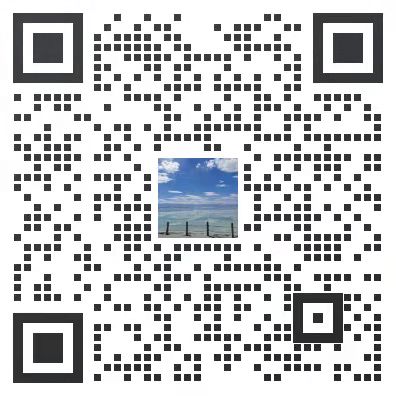旋臂吊如何进行定位和精确操控?
提供旋臂吊定位和精确操控的方法和技巧。
-
起重配件厂家 评论
Title: Methods and Techniques for Positioning and Precise Manipulation of Articulated Arm Robots
Introduction:
Articulated arm robots, commonly known as robotic manipulators or robot arms, have proven to be highly versatile tools for various industrial applications. Their ability to perform precise and complex tasks with a wide range of motion makes them indispensable in manufacturing processes, medical procedures, and even space exploration. In this article, we will delve into the methods and techniques for accurately positioning and controlling articulated arm robots, ensuring optimal performance and efficiency.
1. Calibration and Setup:
Before any operation, it is crucial to calibrate and set up the articulated arm robot correctly. This process involves several steps:
a. Define and measure joint angles: Determine the number of degrees of freedom (DOF) of the robot arm and establish a coordinate system for each joint. Measure the joint angles accurately using high-precision instruments.
b. Establish the base reference frame: Define a fixed coordinate system to represent the base or mounting point of the robot arm.
c. Configure end-effector frame: Establish a reference frame specific to the tool or end-effector attached to the arm. This frame helps in accurately determining the position and orientation of the manipulator’s end.
d. Perform kinematics calibration: Utilize kinematic algorithms to accurately calculate and adjust the robot arm’s joint parameters, minimizing any potential inaccuracies.
2. Vision-based Positioning:
Vision systems play a significant role in positioning and controlling articulated arm robots. A camera mounted on the robot arm or within its workspace can provide valuable visual feedback for precise manipulation. Here are some approaches:
a. Marker-based tracking: Place markers or fiducial objects in the workspace to serve as reference points. The camera detects and tracks these markers to determine the robot arm’s position and orientation accurately.
b. Feature-based tracking: Identify and track specific features of the objects in the workspace. Tracking these features enables the robot arm to position itself precisely relative to the objects.
c. Stereo vision: Employ a pair of cameras to create a 3D model of the workspace, allowing for depth perception. This method enhances the robot arm’s ability to accurately position itself and manipulate objects in three-dimensional space.
3. Force/Torque Feedback Control:
To achieve precise manipulation, an articulated arm robot needs real-time feedback on the forces and torques acting on its end-effector. Force/Torque sensors integrated into the robot arm or attached to the tool can aid in this regard. The feedback enables the following control strategies:
a. Force control: Maintain a constant force between the robot arm’s end and the manipulated object. This technique is beneficial when dealing with fragile or delicate objects that require gentle handling.
b. Compliance control: Adjust the robot arm’s stiffness to allow slight deformation when interacting with objects. Compliance control ensures safer manipulation when dealing with uncertain environments or unknown objects.
c. Impedance control: Regulate the interaction between robot arm and objects by adjusting the arm’s response to external forces. Impedance control enables the robot arm to precisely follow predefined trajectories and resist unexpected forces.
4. Path Planning and Trajectory Generation:
Efficient path planning and trajectory generation are essential for the precise and optimal movement of an articulated arm. Some techniques include:
a. Inverse kinematics: Based on the desired end-effector position and orientation, calculate the joint angles needed to reach the target. Inverse kinematics solves the robot arm’s joint configuration for a given desired position.
b. Motion planning algorithms: Utilize algorithms such as Rapidly-exploring Random Trees (RRT) or Potential Field methods to identify a collision-free path for the robot arm. These algorithms consider various factors, including workspace obstacles, joint limits, and kinematic constraints.
c. Trajectory optimization: Determine smooth and time-optimal trajectories for the robot arm to follow between given waypoints. Optimal trajectories minimize jerk, acceleration, and vibration, resulting in precise and efficient movements.
Conclusion:
Positioning and precise control of an articulated arm robot are essential for maximizing its capabilities in various applications. By employing calibration methods, vision-based positioning, force/torque feedback control, and effective path planning, robot arms can perform intricate and delicate tasks accurately. Continuous advancements in robotic technology will further refine these techniques, expanding the possibilities for the use of articulated arm robots in numerous industries.
1年前





